We had the opportunity to review Foundations A from Logic of English. I will admit it, I am totally addicted to reading resources. I have a 6 and 7 year old and reading is one thing that we are focusing very heavily on right now. My daughter is struggling with reading due to some dyslexia and self confidence issues. We have tried many curriculum's and often both children end up bored or frustrated. This summer while attending many homeschool conventions I had the pleasure of talking with Logic Of English and was very intrigued by what I saw. The curriculum looked like the perfect fit for my very tactile children. I kept my fingers crossed and patiently waited for the Logic Of English, TOS Review Crew day to arrive.
I was thrilled to be able to review this awesome curriculum and guess what it did end up being the perfect fit for our family. I originally had planned to use it with my 7 year old daughter, but my 6 year old son saw how much fun we were having and wanted to learn along with us too so he did.
My favorite things about Foundations A are that I could use it with both children at the same time, it covers handwriting, reading and spelling, the lessons are short and it is multi-sensory. Oh and my kids beg to do the yellow books. They both love Logic of English and have not been bored!
Logic of English utilizes a systematic multi-sensory approach to learning how to read, spell and write. The method is based upon 74 basic phonograms and 30 spelling rules which explain 98% of English words. The information that is learned in the Logic of English materials will help bring order to the English language for your children, I know it has for mine. Children will learn why words are read and spelled in a particular way. Logic of English does not use sight words, which was terrific for us because Gwyn despises sight words. Logic of English is great for all learning styles, making it a perfect for many families.
The Foundations program uses all of the research that goes into the Logic of English and makes it tons of fun for early readers and writers. It is a complete reading, phonics, spelling and writing program for children ages 4-7. The Foundations workbooks come in two options manuscript and cursive (see below for more details about the workbook). Foundations A is recommended for beginning readers and will teach children how to read and write lowercase a-z and practice decoding short vowel words and consonant blends. By the end of Level A children will be reading and comprehending phrases with lowercase letters and short vowels.
Click here to check out the overview of the Foundations program.
We received several components with the Foundations A curriculum:
- Foundations A Teachers Manual ($38)
- Cursive Foundations A Workbook ($18)
- The Rhythm of Handwriting Cursive Chart ($9)
- Basic Phonogram Flash Cards ($16.20)
- Cursive Tactile Cards ($25.20)
- Red Manuscript Phonogram Game Cards ($9)
- Green Cursive Phonogram Game Cards ($9)
- Large Lined Whiteboard ($10.80)
Below I will break each component down for you with further details and thoughts.
Teachers Manual:
Ahhh an easy to use, no frills, no need to plan way ahead teacher manual. The teacher/parent manual is a very nice hardback book. I love that you can literally just open the book and start with out any (or very little preparation). However there are 2 pages of instruction which I do recommend reading. There are a total of 40 lessons in Foundations A. In the very front of the book is an awesome scope and sequence so you know at a quick glance what each lesson covers. Each lesson is broken down much the same way so you always know what to expect (I love consistency). Each lesson is also still very flexible though and can easily be adjust to meet your family's specific needs.
Here is an breakdown of an average lesson:
1) Blue box - indicates what the lesson objective is for both handwriting and phonemic awareness. Indicates common core standards. And indicates materials that are needed and optional for the lesson. As my children would say easy peasy.
2) Next you start the Phonemic Awareness lesson (my children's favorite part of the lesson). Everything you need to teach and say (scripted) to your child is laid out for you, again though it is still very flexible and can be adjusted as needed. This portion of the lesson is usually very hands on and includes a fun game. I think we often covered our PE through the games as well (I love killing two birds with one stone). Generally you are also directed to utilize the student workbook and phonogram cards in this part of the lesson as well.
3) Next you get into the Handwriting portion of the lesson. This is also very hands on and utilizes the workbook, whiteboard and tactile cards. Again everything is laid out very nicely for you.
Throughout the lesson you will find colored boxes (green, blue, orange, red, etc) off to the right hand side of the page. In these boxes you will find additional tips and hints like book recommendations, multi-sensory fun, challenges, letter day activities, vocabulary and teacher and speech tips. You will also find a light blue box which indicates the materials needed at that precise point of the lesson. I really loved the speech tips because my son is currently in speech therapy for articulation issues. I have always had an issue working on his speech at home because he is stubborn and very tactile. But thanks to Logic of English I have been able to really help my son at home with his speech finally. In the first few lessons voiced and unvoiced sounds are taught (like b and p, etc) through the use of various multi-sensory, fun activities. For example: feeling the air coming out of your mouth or feeling your throat vibrations and paying attention to the placement of your lips, tongue etc by using a mirror. These fun activities made it possible for me to help my son with his speech at home without him even realizing it and without him getting frustrated and mad at me. Since we have been using Foundations his speech has been greatly improving. Even his speech teacher made a comment to me so I of course told her her all about the fabulous new curriculum we have been using. I also love that the majority of the book recommendations are Dr. Seuss books, he was one of my favorite children's authors and his books can teach children so much about language.
After 5 lessons there is a review and assessment lesson. These are not used to grade your child but rather determine which skills need further practice. The review first shows you a chart with all the various skills that have learned so far for phonemic awareness, handwriting and phonograms. Then there is a mastery level indicated for each item (ie mastered, familiar, not mastered, etc). This helps you determine whether or not your child is ready to move on to the next lesson. There is a phonemic awareness and handwriting assessment as well as optional practice ideas.
All of the lessons are easy to follow, fun and engaging. The games and activities included are fabulous and really make learning language arts fun, even for the parents!
Cursive Workbook:
The Foundations A workbook includes colorful drawn pictures as well as photographs. There are generally 2-3 worksheets per lesson. One worksheet generally goes along with the Phonemic Awareness lesson and two go along with the Handwriting portion of the lesson.
So far I have been able to utilize the one workbook with both children. My handy dandy page protectors and a wipe off markers have come to the rescue again (this is actually even a recommendation in the first lesson for the handwriting pages).
Gwyn is really wanting to learn cursive so we decided on the cursive workbook over the manuscript one. That is the only thing Rowyn has not been doing in the workbook with us because he is learning manuscript and has no desire to learn cursive.
The Rhythm of Handwriting Manuscript Chart:
This chart was very handy for both parents and children. It really helped me explain to Gwyn how letters are formed when written (it's been a long time since I have written cursive). Within the chart you will find instructions on how to write upper and lower case letters. Each letter is broken down according to it's style, ie. roll, curve, loop, slash etc. I love the way that Foundations A breaks down writing cursive by introducing strokes one at a time.
Basic Phonogram Flash Cards:
These sturdy, large 4 x 6 flash cards have been a life saver for this mom. I have a huge issue with vowel letter sounds. I never really learned phonics so trying to remember all the vowel letter sounds has always been hard for me when it comes to teaching them. On one side of the card is the letter in large, bold font. On the other is the sound (s) that the letter makes along with a sample word (s). We have used these cards for games, drill and more.
Manuscript Tactile Cards:
I absolutely love these sturdy, large 4 x 6 cards as well. Who would have thought something so simple would be so wonderful. I am planning to get my son a set of the print ones because I think he would totally benefit from these. The letters are written in green and have a sand paper feel to them. I like that the line guides and directional arrows are included on the cards. It was a great way to for Gwyn to feel how the letters should be written. Lowercase, uppercase, numbers and strokes are all included in the card pack.
Red Manuscript Phonogram and Green Cursive Phonogram Game Cards:
These nifty cards are used for many activities and games throughout Foundations A. These cards are smaller about 2 x 3. Since I don't have a manuscript workbook for Rowyn I have been utilizing these cards on and off to assist him with practicing his letters.
Student Whiteboard:
This super large whiteboard is amazing. It is perfect for teaching children to write their letters in between the correct lines (something my daughter has an issue with) and practicing their handwriting. It is a two sided board with multiple handwriting line spaces on one side and a large sized handwriting space on the opposite side.
Doodling Dragons is also recommended throughout many of the lessons, however we did not receive this product for the review. It is available for $15.00.
As mentioned above I used Foundations A with both of my children. The only part my son did not do was the cursive letters (he has no desire to learn cursive right now). One lesson takes us about 30 minutes to work through (sometimes a little more because the kids beg to play another game). We used Logic Of English 4-5 times a week for our reading, spelling and handwriting. And yes occasionally PE!
A typical lesson starts with learning a phonogram. There is typically oral practice, a fun game as well as a workbook activity. Next you finish up with handwriting practice utilizing the workbook tactile cards and/or whiteboard.
Gwyn already knows a lot of her letter sounds and can read about 150 words very fluently, but since she has the lack of confidence I have found that going back over stuff again helps her greatly. So rather than skipping her ahead in the book (which I could have done) I decided to start at the beginning. This ended up being great because her brother was able to join us (he is currently working on letter sounds). The first few lessons introduced compound words which was a huge help for Gwyn and greatly improved her reading in just a few days. Really I am not lying my husband even noticed how much better she has been doing. Every other reading curriculum we have used has NEVER introduced compound words so early on. But it made perfect sense and helped her immediately build confidence to read bigger words.
We are really moving through Foundations A and I am fairly certain that if it keeps going as well as it has been I may have to purchase Foundations B.
There is nothing negative and nothing I would ever recommend changing on this product....well except for maybe making the App available for Android.
I could go on and on about this curriculum, but then I may begin to bore you. This has been my favorite TOS Crew review item so far this year. If you have any questions about this curriculum please feel free to ask.
Free resources:
There are TONS of great FREEBIES on the Logic of English website be sure to check them all out. You will find spelling and phonogram lists, handwriting paper, phonogram game tiles, research studies and more.
You can also view lots of samples for the Foundations A curriculum to see for yourself how wonderful it is.
Gwyn review (7 yrs old) and Rowyns Review (6 yrs old):
Gwyn, "I love writing cursive. I like the cards with the sand paper letters they are fun. I am having tons of fun reading."
Rowyn, "I like the games we play to learn. I like blending sounds to make words. The yellow book is fun."
Links to follow:
-Logic Of English Website-Logic Of English Facebook page
-Logic Of English Twitter
Where to buy:
You can purchase the Foundations A program directly from the Logic Of English website. The recommended items for this level include a Teacher’s Manual ($38) and a Student Workbook ($18, available in manuscript or cursive handwriting). It is also recommended that you purchase the basic phonogram flash cards ($18), a student whiteboard ($12), handwriting tactile cards ($28), the Rhythm of Handwriting Quick Reference chart ($10), and two sets of phonogram game cards ($10 each) (these items can all be used with the other Foundations levels as well).
Click here for more Logic Of English reviews (Rhythm of Handwriting, Essentials and Phonograms App) from the The Schoolhouse Review Crew.


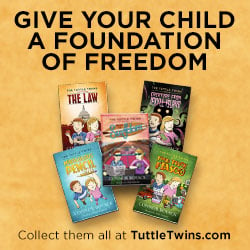
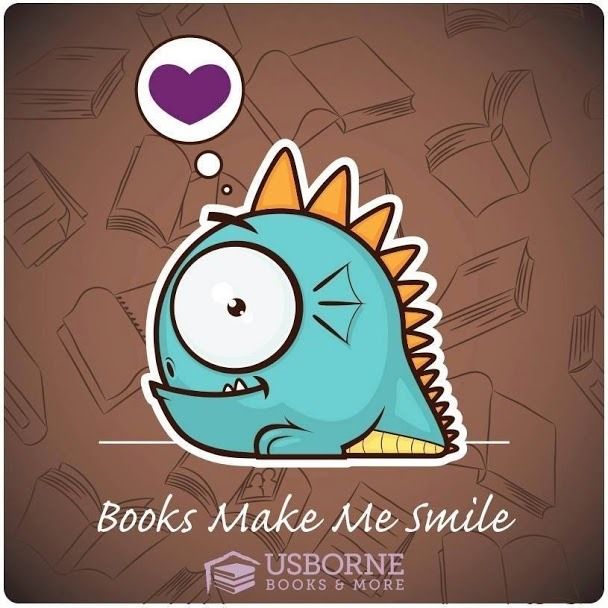



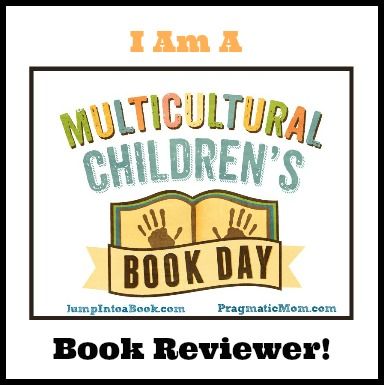



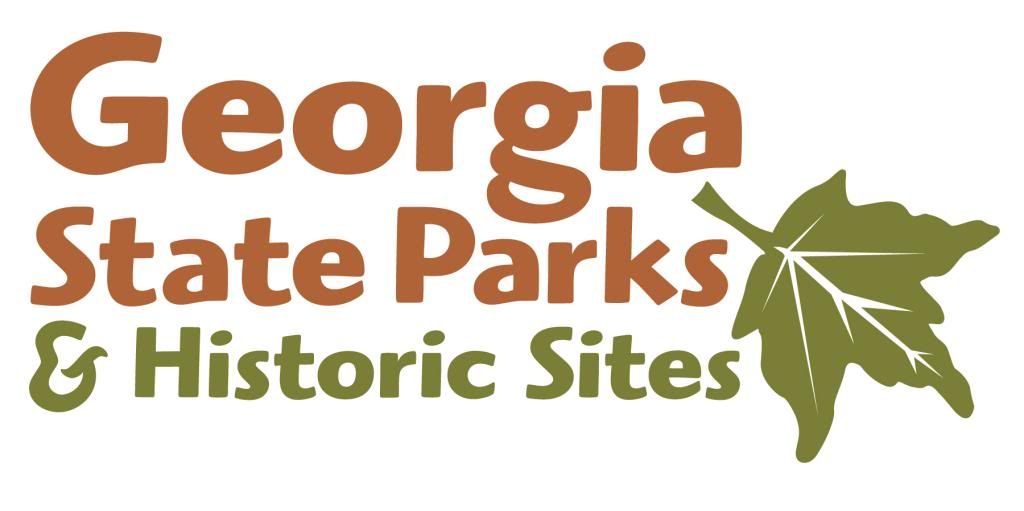









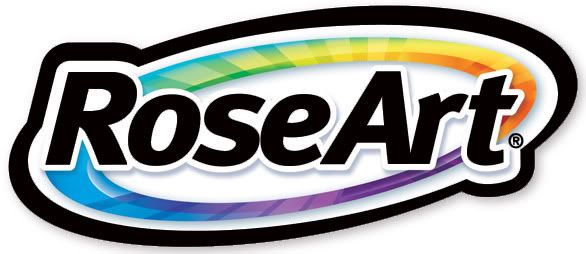




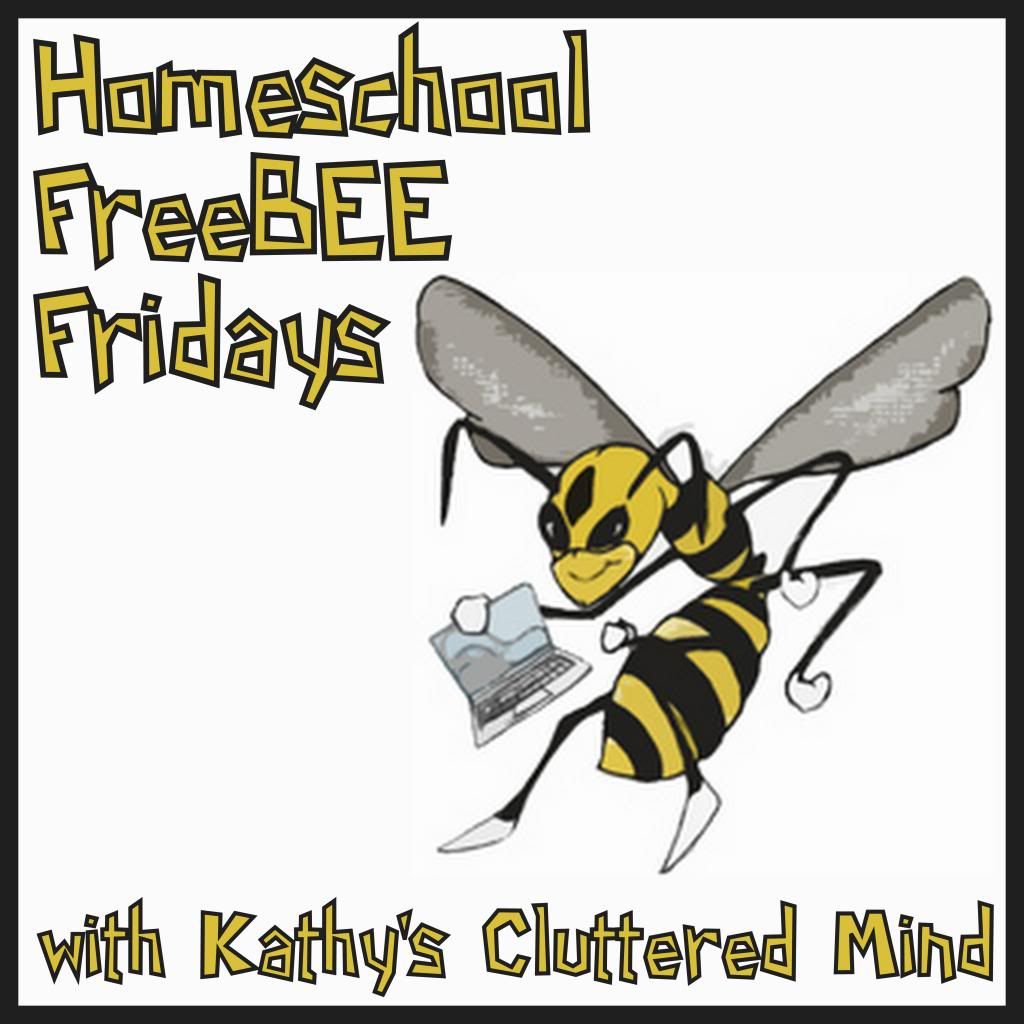



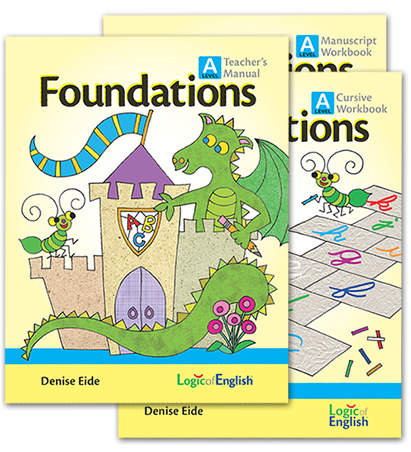













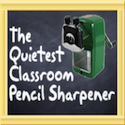
No comments:
Post a Comment
Thanks for stopping by! Please check the follow up box so you can receive my replies.